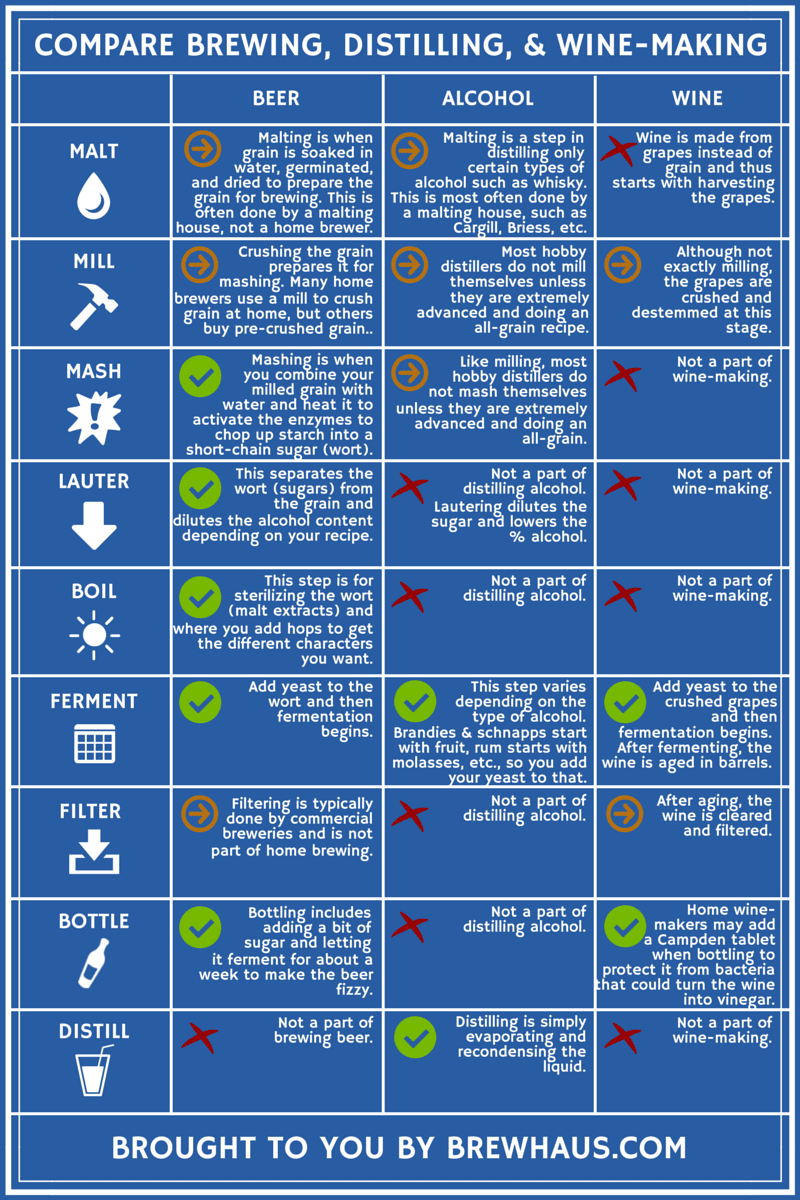Experience Costs Galveston Whiskey: An Aficionado's Pleasure
Experience Costs Galveston Whiskey: An Aficionado's Pleasure
Blog Article
The Ultimate Distillery Experience: From Grain to Glass, Every Little Thing You Need to Know
Beginning on a trip via the intricacies of the distillery process introduces a globe where science satisfies virtuosity in the creation of spirits. From the cautious option of grains to the thorough crafting of each container, every step in the production line plays a vital role in shaping the final product that beautifies our glasses.
The Art of Grain Option
Choosing the excellent grains is a critical step in the distillation procedure, establishing the flavor profile and quality of the end product. The sort of grain selected dramatically influences the personality of the spirit being generated - Seawall Bar. Common grains used in distillation include barley, rye, corn, and wheat, each conveying unique tastes and attributes to the end product

Beyond taste factors to consider, the top quality and purity of the grains are critical. Distillers thoroughly resource grains to guarantee they are without contaminants and possess the necessary starch content for fermentation. By grasping the art of grain choice, distillers lay the foundation for producing outstanding spirits that astound the taste.
Purification Refine Demystified
Having established the structure with precise grain option, the distillation procedure arises as the transformative stage where the significance of the picked grains is unlocked and fine-tuned right into a spirited type. The procedure doesn't end there; numerous distillation runs or extra actions such as maturing in barrels may additionally improve the spirit, enhancing its flavor, personality, and intricacy. Understanding the ins and outs of the purification procedure is essential for creating high-grade spirits that captivate aficionados and fanatics alike.
Barrel Aging and Taste Development
Throughout the barrel aging process, spirits go through a transformative journey as they interact with the timber, soaking up nuanced tastes and establishing a rich complexity. As spirits age in the barrels, they extract substances such as vanillin, lignin, and tannins from the timber, adding to the advancement of aromas like vanilla, sugar, seasoning, and also hints of toasted oak.
Moreover, more the aging process permits for oxidation to happen, causing further chemical reactions that smooth the spirit and complete any harsh sides. The permeable nature of wood also makes it possible for the spirit to breathe, helping with the integration of tastes in time. Depending on the period of aging and environmental conditions like temperature level and humidity, spirits can obtain various characteristics, from refined wood notes Continued to deep, intricate flavors that make each batch special. Eventually, barrel aging plays a pivotal duty fit the distinctive preference profile of each spirit, using a sensorial journey for aficionados to appreciate.
Craftsmanship in Bottling and Identifying
As spirits reach their optimal taste profiles with barrel aging, the meticulous workmanship in bottling and labeling comes to be the next important step in providing a premium item to consumers. The process of labeling and bottling is a vital aspect of the overall distillery experience, as it is the last touchpoint prior to the item gets to the hands of consumers (Seawall Bar). Craftsmanship in bottling involves making sure that each container is filled precisely with the spirit, taking into account aspects such as uniformity in fill levels and the avoidance of any kind of impurities entering the bottle

Tasting and Appreciating Fine Spirits
To completely appreciate great spirits, one need to engage all the detects in a mindful and purposeful tasting experience. When sampling fine spirits, it is essential to begin by observing the spirit's appearance. Swish the spirit in your mouth to totally experience its structure and preference.
Final Thought
To conclude, the distillery experience encompasses the detailed art of grain choice, the precise purification procedure, the transformative barrel aging, the precise workmanship in bottling and identifying, and the advanced technique of tasting and valuing great spirits. Each step in the manufacturing process plays a vital role in producing high-quality spirits that mesmerize the detects and delight lovers worldwide.
The kind of grain chosen dramatically influences the personality of the spirit being generated. By mastering the art of grain choice, distillers lay the structure for creating outstanding spirits that astound the palate.

Report this page